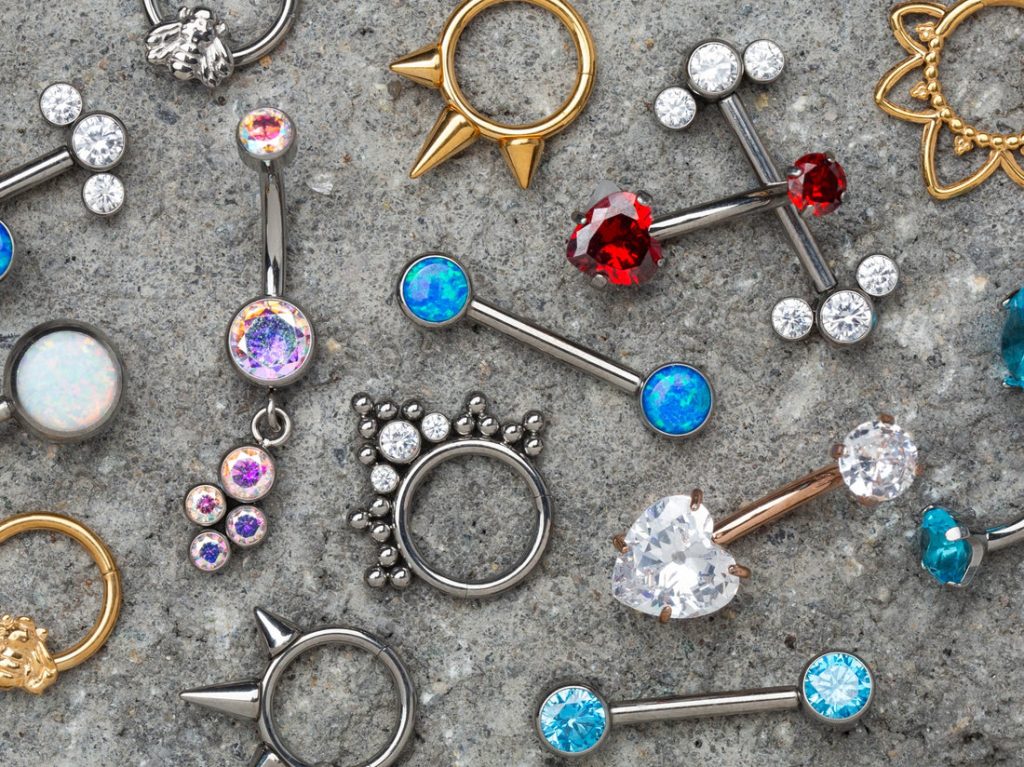Body piercing has long held cultural, spiritual, and social significance throughout human history. In ancient civilizations, body adornments served as more than decorative pieces they often carried symbolic meanings tied to status, identity, and rituals. Tribes in Africa, South America, and Asia used piercings to indicate milestones, spiritual beliefs, or societal ranks. Materials like bone, wood, and stone were commonly used to craft jewelry that aligned with their cultural narratives and resources available. As time progressed, body piercing moved beyond tribal customs and found its way into the mainstream across various ancient empires. In ancient Egypt, for instance, piercings were associated with royalty and religious significance. Similarly, in Rome and India, ear and nose piercings held aesthetic, martial, and ceremonial roles. The materials used also evolved, incorporating metals such as gold and silver, which introduced an early fusion of beauty with symbolism.

The middle Ages brought a decline in visible body piercings in some regions, particularly in Europe, where social and religious conservatism discouraged such practices. Despite this, some forms of piercing persisted quietly, especially among sailors and travelers who viewed them as tokens of luck or experience. In contrast, Eastern cultures continued to embrace and develop their traditional styles, further enriching the global variety in piercing styles and practices. Body piercing saw a significant resurgence in the 20th century, influenced heavily by subcultures and movements that embraced self-expression and individuality. During this era, punk, Goth, and alternative communities used body modifications as statements against societal norms. Piercing shops began to appear more frequently in urban areas, and the practice transitioned from underground rebellion to a more accepted form of artistic expression.
In contemporary times, body piercing has become a global fashion statement. Advances in technology have led to safer procedures and a broader range of jewelry materials, including titanium, bio last, and surgical-grade stainless steel. Designs have become more intricate and diverse, catering to personal aesthetics and trending styles. From minimalist studs to elaborate ear cuffs and dermal implants, the options have expanded dramatically. Today, body piercing jewelry stands as a blend of ancient heritage and modern style. While many still carry spiritual or personal significance, the majority of piercings are chosen for their aesthetic appeal and self-expression. The journey of body piercing jewelry from ancient symbols of power and tradition to fashionable accessories is a testament to humanity’s evolving sense of identity and beauty.
